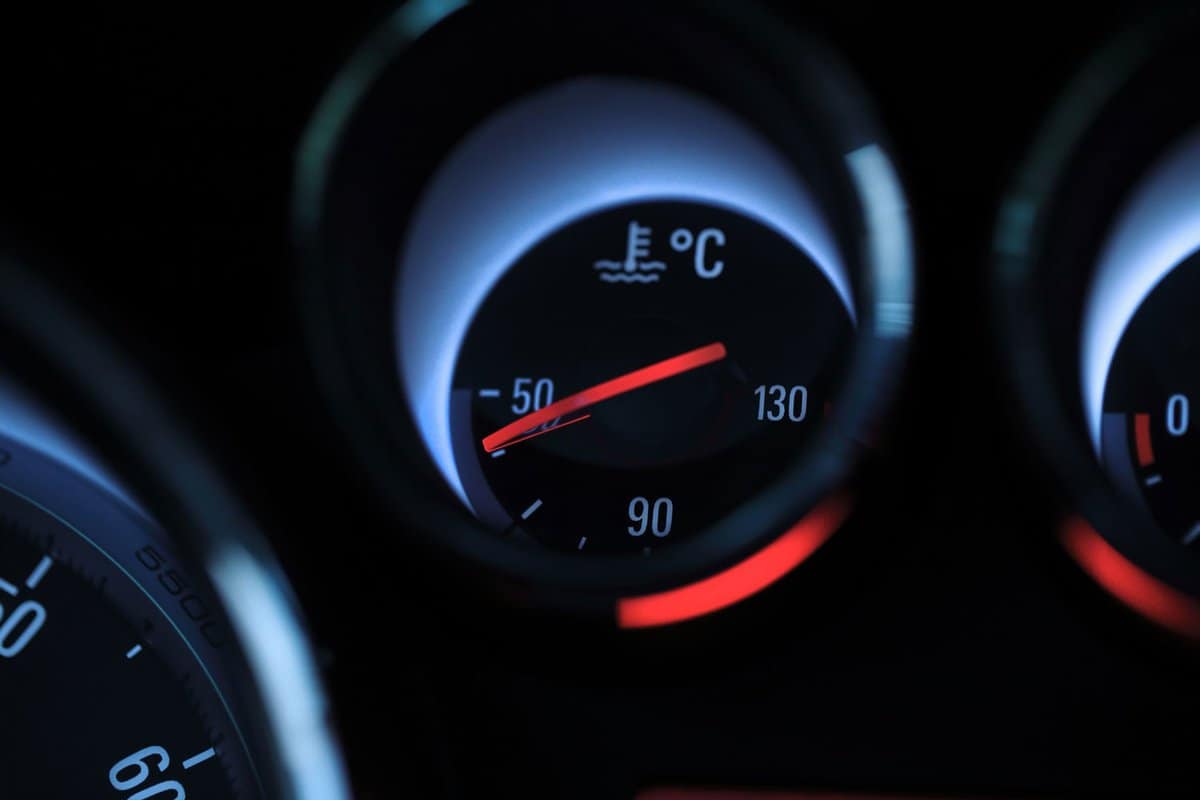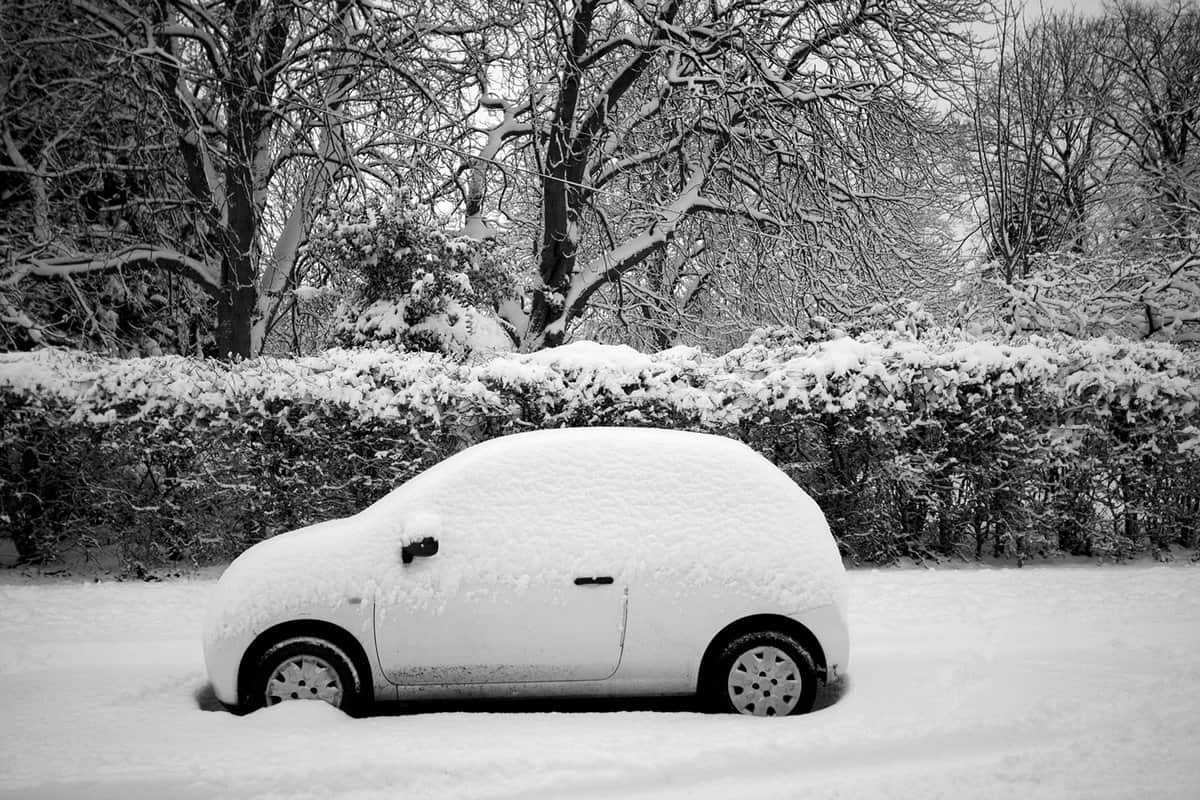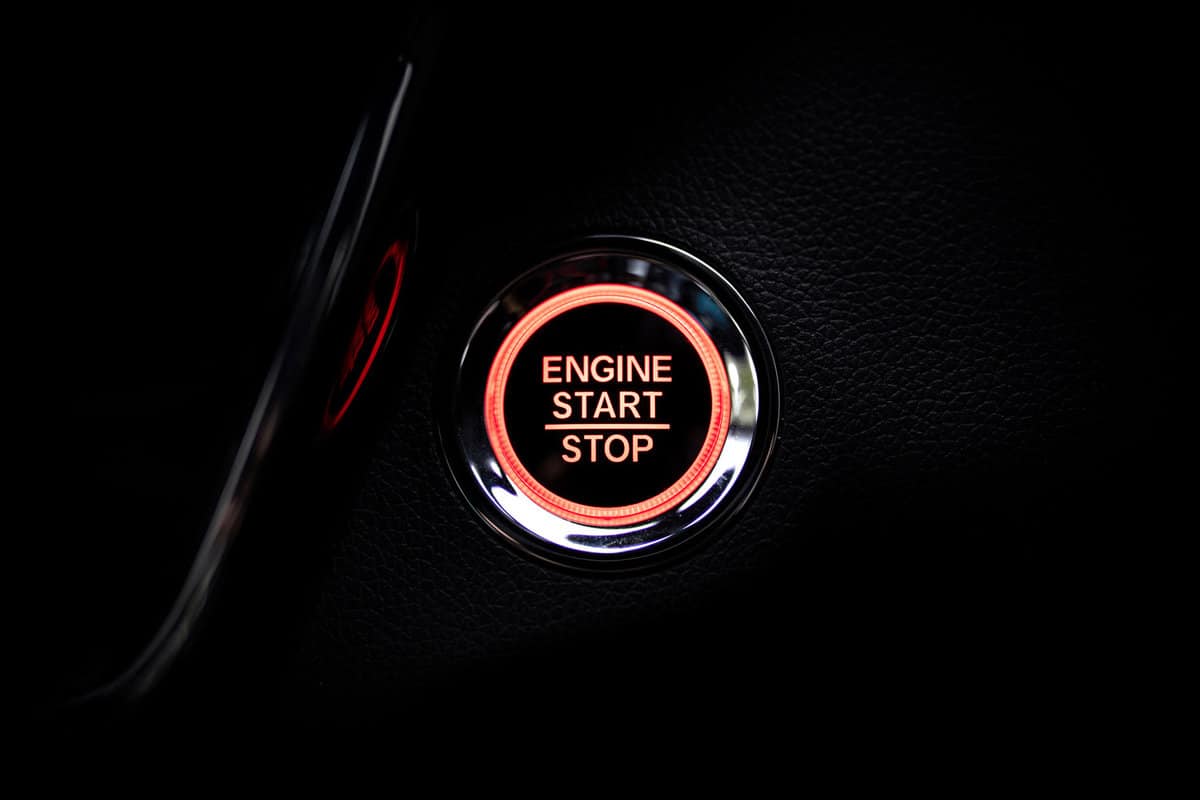The outside temperature is dropping, and now your car doesn’t start as you attempt to ignite the engine. What could be wrong? Also, what can you do in this situation? We researched some possible solutions for you, and here’s what we found.
Take note that the reasons for a car failing or having difficulty starting in the cold often vary. These problems may originate from a range of underlying concerns, from a discharged battery to thick motor oil. You should be able to use a fitting solution upon knowing the source of the issue.
Continue reading as we talk about some of the reasons why your vehicle doesn’t start in cold weather. We’ll also tackle some possible solutions that can give you long-term results. That way, you won’t have to warm up your car for a long time in the winter before you can start using it.
![Hands on steering wheel in leather gloves in luxury car driving on a winter ice road, Car Won't Start In The Cold [Only When It Warms Up]—What To Do?](https://vehq.com/wp-content/uploads/2022/05/Car-Wont-Start-In-The-Cold-Only-When-It-Warms-Up—What-To-Do-.png)
Why Won’t My Car Start In The Cold?

It’s important to note that repairing a car that won’t start in cold weather often demands troubleshooting it to find the source of the problem. The reason for this initial step is to allow you to take the appropriate action and to avoid costly mistakes.
So, here are some possible reasons your car’s engine has trouble or fails to start in the cold:
Discharged Battery
Car batteries typically discharge faster in cold weather than in a hot season. The low outside temperature causes the reactions from the battery's terminals to charge slower than usual. Doing so makes the power cell run out of charge quickly to keep up with the power demand.
Clogged Fuel Lines
The cold weather may also cause moisture and ice buildup in the vehicle’s fuel lines. Although gasoline generally has a freezing point of about -100 degrees Fahrenheit, the condensation occurring in the car’s pipes usually doesn’t require a significantly low temperature to freeze.
Take note that blocked fuel lines from the cold weather are more likely to occur in older vehicles than in newer models. Certain carmakers now use technologies to ensure engine lines won’t freeze in the cold season.
Faulty Alternator
Winter can also bring harm to a car’s alternator, causing the vehicle to have difficulty maintaining consistent power delivery throughout its systems. Extreme cold may also lead to the alternator failing to activate, leading to no power deliverance to the vehicle's electronics.
Thick Motor Oil
Like the typical fuel for gas, motor oil often doesn’t freeze in cold weather. However, its consistency changes from a smooth liquid to a thick substance. Leaving this issue unsolved can cause the engine’s mechanisms to grind without adequate lubricant.
Broken Engine Sensor
Keep in mind an engine's air intake temperature sensor should function properly. If this component is working well, it provides the car with the correct air and fuel mixture. On the other hand, cold weather can bring harm to the sensor, leading to incorrect reading and a failure to start.
The engine sensor will most likely be at fault if the engine doesn’t ignite if you see the check engine light on the dashboard. Learn more about this problem by reading our post on if hot or cold weather can cause the check engine light to come on.
How Do You Fix A Car That Won’t Start In Cold Weather?

In this section, you’ll learn some possible solutions that may help reduce the time to warm up your car’s engine in the cold.
Replace The Battery And Maintain It
A discharged battery often has no place in a vehicle. Replacing it with a new unit is often the ideal option to restore your car’s functions.
Take note that it’s often best to consult your vehicle owner’s manual before proceeding with this task. Some cars may require special tools and additional steps before you can gain access to the old battery and remove it.
Also, make sure you practice proper safety protocols when you’re handling car parts, especially the battery. For instance, wear a pair of safety gloves to avoid possible electrocutions and short-circuits. You should also ensure that the car’s engine is off while you’re doing this task.
After taking note of those points of information, here are the general steps to replace a car’s battery:
What You’ll Need
- Replacement battery
- Open-end wrench
- Wrench set
Step-by-Step Guide
- Open the hood and locate the battery.
- Loosen the negative terminal with a wrench. Then, remove the negative wire from its connection.
- Repeat the previous step for the positive terminal and wire.
- Turn the nut securing the battery-holding bracket counter-clockwise to loosen it.
- Lift and remove the holding bracket. Then, set it aside temporarily.
- Remove the old battery from the engine block.
- Install the new battery into its mount and secure it with the holding bracket.
- Attach the positive and negative wires to the correct battery terminals.
- Test the new battery by igniting the engine.
Check out this replacement automotive battery on Amazon.
You can also watch the video below to see the steps mentioned above in action.
Bear in mind that replacing a discharged battery is only one step to ensuring that your car engine starts in the cold properly. You should also maintain it in the cold season so you don’t have to warm it for extended periods before you can use the vehicle.
Some car care practices you can follow during cold seasons are:
- Use a battery blanket.
- Limit aftermarket accessory use in the cold weather.
- Remove rust and corrosion buildup on the battery’s terminals and wires.
Change The Motor Oil
Many motor oils on the market may have waxes that become thicker in the cold weather, resulting in inefficient lubricating properties during winter. It's best to replace these motor oils with options with better cold-flow properties.
Again, make sure to consult your vehicle owner’s manual to identify and verify any additional steps and special tools you may need for this task. Once you’re ready, follow these steps to change your car’s motor oil for the cold season:
What You’ll Need
- Car floor jack stands
- Socket wrench
- Drain pan
- Funnel
- Motor oil
Step-by-Step Guide
- Lift the car to a suitable height with the floor jack.
- Place jack stands in strategic locations to prevent the car from falling if the floor jack fails.
- Place the drain pan under the motor oil reservoir.
- Loosen and remove the drain plug with the socket wrench. Make sure to get out of the way as soon as you remove the fastener, as oil will start pouring almost immediately.
- Return the drain plug after the old motor oil is gone from the container.
- Open the hood and locate the hole to pour in motor oil.
- Attach a funnel into the hole and pour the correct amount of motor oil into the reservoir.
Check out this motor oil on Amazon.
Remember to dispose of the old motor oil properly by taking it to a recycling center. Also, watch the video below to gain additional insight on this particular task:
What Happens If You Don't Warm Up Your Car Before Driving?

Failing to warm up the car before driving it can cause serious issues, such as shortening the engine's life.
Remember, warming up the engine before driving the car allows the motor oil to circulate properly, reducing the risk of its assemblies and components grinding. Doing so also helps increase the engine's lifespan, which would usually last about 200,000 miles.
How Long Should You Warm Up Your Car When It's Cold?

Let the engine run for about one minute before driving the vehicle. Sometimes it might also be ideal to let the engine warm-up for 15 to 20 minutes to ensure the motor oil lubricates the vehicle's systems properly.
How Much Does It Cost To Repair A Frozen Engine?
If your car’s engine incurs a crack because of the cold weather, you might need to prepare at least $3,000 for the professional labor to fix this problem. However, you may also want to think about selling the vehicle as-is for a reasonable price if the repair costs exceed its current value.
Final Words

Think about replacing the battery or the motor oil of your car if it seems you always need to warm it up for a long time in the cold before you can drive. But this concern may also originate from other sources, such as a faulty alternator or clogged fuel lines. Make sure to troubleshoot your vehicle first before taking any action to ensure you’re using the appropriate measures.
Also, check out these reads if you like this post and would want to learn the solutions to other vehicle problems:


